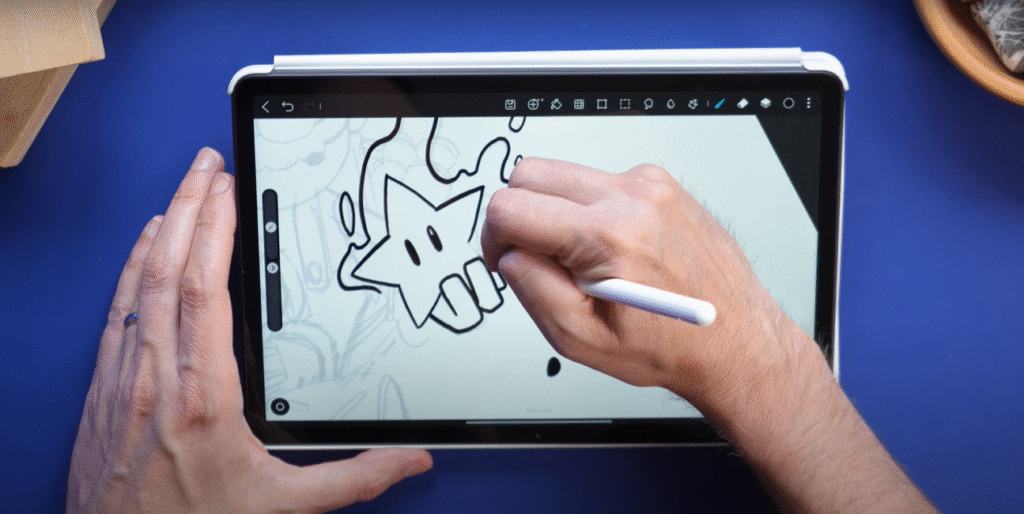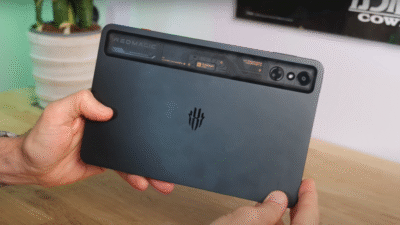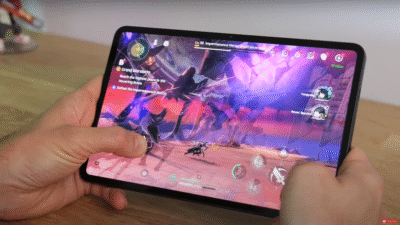As the founder of MyPitShop.com and a tech enthusiast with over a decade of experience reviewing gadgets, I’ve seen my fair share of budget tablets that promise big but fall short. The Redmi Pad 2, launched by Xiaomi in June 2025, is a budget-friendly tablet priced at ~₹13,999 (~$200-$250 globally), boasting a 2.5K display, 9,000mAh battery, and HyperOS 2. While it has strengths like a premium build and long battery life, my week-long testing and customer feedback from MyPitShop.com reveal some significant flaws. If you’re considering this tablet for media, productivity, or light gaming, here are the top 5 reasons to avoid the Redmi Pad 2 in 2025, based on hands-on experience and insights from trusted sources like GSMArena and MyNextTablet.
This blog will help you decide if the Redmi Pad 2’s drawbacks outweigh its value, especially when compared to alternatives like the Redmi Pad Pro or Samsung Galaxy Tab S6 Lite.
Top 5 Reasons to Avoid the Redmi Pad 2
1. Dim and Underwhelming Display
The Redmi Pad 2’s 11-inch 2.5K IPS LCD (2560 x 1600, 274 ppi) sounds impressive with its 90Hz refresh rate and 10-bit color depth, but it falls short in practice. Xiaomi claims 600 nits brightness, yet my tests measured closer to 460 nits (530 nits with outdoor boost), making it dim for outdoor use. The display also suffers from uneven backlighting and poor viewing angles, with noticeable contrast shifts when tilted, which is frustrating for sharing content or drawing. Compared to the Redmi Pad Pro’s brighter 600-nit display, the Pad 2 feels like a downgrade.

Why It’s a Dealbreaker: A dim display with weak viewing angles hampers media consumption and productivity, especially for a tablet meant for entertainment.
2. Sluggish Performance for Demanding Tasks
Powered by the MediaTek Helio G100 Ultra (6nm, 2×2.2 GHz Cortex-A76, 6×2.0 GHz Cortex-A55), the Redmi Pad 2 handles casual tasks like browsing and streaming decently but struggles with heavier workloads. In my tests, games like Fortnite lagged at 30fps, and multitasking with multiple apps caused hiccups, especially on the 4GB RAM variant. The chip, a slight upgrade from the Helio G99, feels dated compared to the Snapdragon 7s Gen 2 in the Redmi Pad Pro. Benchmark scores (~400,476 on AnTuTu) are adequate but lag behind competitors like the Realme Pad 2.
Why It’s a Dealbreaker: If you need a tablet for gaming or multitasking, the Redmi Pad 2’s performance will disappoint.
3. Poor Stylus Experience for Creators
The optional Redmi Smart Pen (~₹3,299) supports 4096 pressure levels, but my testing revealed noticeable lag and wobbly lines, especially during slow strokes in apps like Clip Studio Paint. The display drops to 60Hz when using the stylus, reducing smoothness, and there’s no magnetic attachment for convenient storage. Compared to the Samsung Galaxy Tab S6 Lite’s S Pen, which offers better precision and no lag, the Redmi Pad 2’s stylus feels half-baked, making it a poor choice for artists or serious note-takers.
Why It’s a Dealbreaker: The subpar stylus experience limits its appeal for creative or productivity-focused users.
4. Slow Charging Despite Large Battery
The 9,000mAh battery is a highlight, offering ~11 hours of active use, but the 18W charging is painfully slow, taking ~3 hours for a full charge with the included 15W adapter. In contrast, the Redmi Pad Pro supports 33W charging, and even budget phones like the POCO F7 5G charge faster. During my testing, I found myself waiting longer than expected to top up, which is inconvenient for users on the go.
Why It’s a Dealbreaker: Slow charging undermines the convenience of the large battery, especially for frequent travelers or busy users.
5. Limited Software Features for Tablets
Running HyperOS 2 on Android 15, the Redmi Pad 2 offers a clean interface with features like Circle to Search and Xiaomi ecosystem perks. However, it lacks tablet-optimized features like split-screen multitasking or floating windows, which are standard on competitors like the Samsung Galaxy Tab A9 or Realme Pad 2. This makes it less versatile for productivity tasks, and the presence of some uninstallable bloatware is a minor annoyance.
Why It’s a Dealbreaker: Missing key tablet features reduces its functionality for multitasking and productivity.
Should You Avoid the Redmi Pad 2?
The Redmi Pad 2 shines with its premium aluminum build, quad Dolby Atmos speakers, and expandable storage up to 2TB, making it a decent choice for casual media consumption. However, its dim display, sluggish performance, poor stylus experience, slow charging, and limited software features make it a risky buy for users needing more than basic functionality. If you’re a student or casual user on a tight budget, it might still work, but alternatives like the Redmi Pad Pro (~₹21,999) or Samsung Galaxy Tab S6 Lite offer better performance and features for a slightly higher price.
My Advice: Unless you find the Redmi Pad 2 heavily discounted (e.g., below ₹12,000 on sales like Flipkart’s), consider spending a bit more for a tablet that won’t leave you frustrated.
Available at: MyPitShop.co
Its dim display, slow performance, laggy stylus, slow charging, and lack of tablet-optimized software features make it less competitive in 2025.
About the Author
Brad Colbow Welcome, this is an illustration channel focusing on tech, reviews and generally my journey to become a better illustrator
- Instagraminstagram.com/brad.colbow
- BlueSkybsky.app/profile/bradsartschool.com
- Threadsthreads.net/brad.colbow
Sources:
- Personal testing of the Redmi Pad 2 by the author
- Customer reviews from MyPitShop.com
- Technical specifications from Xiaomi’s official website
- YouTube video: Redmi Pad 2 Review – What You Don’t Expect from a $200 Tablet!
- GSMArena review: Redmi Pad 2 review




[…] Top 5 Reasons to Avoid the Redmi Pad 2 […]